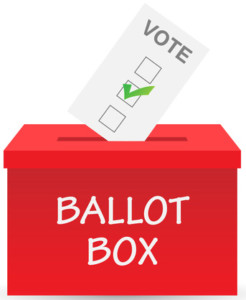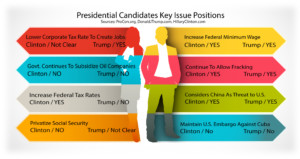OPEC Pumps Up Oil Production – Oil Industry Update
As oil prices rebounded throughout May and June, drillers restarted idle rigs in hopes of catching higher prices as they evolved. Unfortunately, the upswing in production and drilling was accompanied by growing supplies and less consumption, thus resulting in a supply glut.
As a group, OPEC represents the world’s largest producer of oil, with Saudi Arabia being the single largest producer at over 10 million barrels per day, roughly a third of total OPEC production.
The dramatic decline in prices in July alone are a testament to the commodity’s volatility, subject to supply and demand dynamics worldwide. Yet even with such an efficient market, as claimed by Saudi Arabia, producers tend to get it wrong as to what the actual demand might be. Some oil analysts believe that OPEC leaders, specifically Saudi Arabia, may have increased production knowing that additional demand was not yet there.
Crude oil prices traded as high as $107 per barrel as recently as June 2014, and now pulling back to near $40 as of the end of July.
Sources: OPEC Monthly Production Report, OPEC Secretariat 
During the mid 1800’s, the United States was mostly an agricultural society whose citizens were farmers and field workers. Since the country was very much a religious nation, voting day was established in the middle of the week, allowing citizens time to travel to and from polling places without interfering with Sunday religious services. Ample time was needed to travel because horse and buggy was the only form of travel.
Since farmers had such an influence over society and lawmakers, November was designated as the most convenient month for farmers and rural workers to travel to the polls. The fall harvest was over and throughout most of the nation the weather was still mild enough to allow travel over dirt and makeshift roads.
The right to vote wasn’t extended to all citizens for decades. In 1870, the 15th Amendment removed the restriction of race and color from voting. Women gained the right to cast ballots in 1920 with the ratification of the 19th Amendment. For decades, the minimum age to vote was 21, until the 26th Amendment took effect in 1971 granting voting rights to 18 year olds.
Sources: U.S. National Archives
